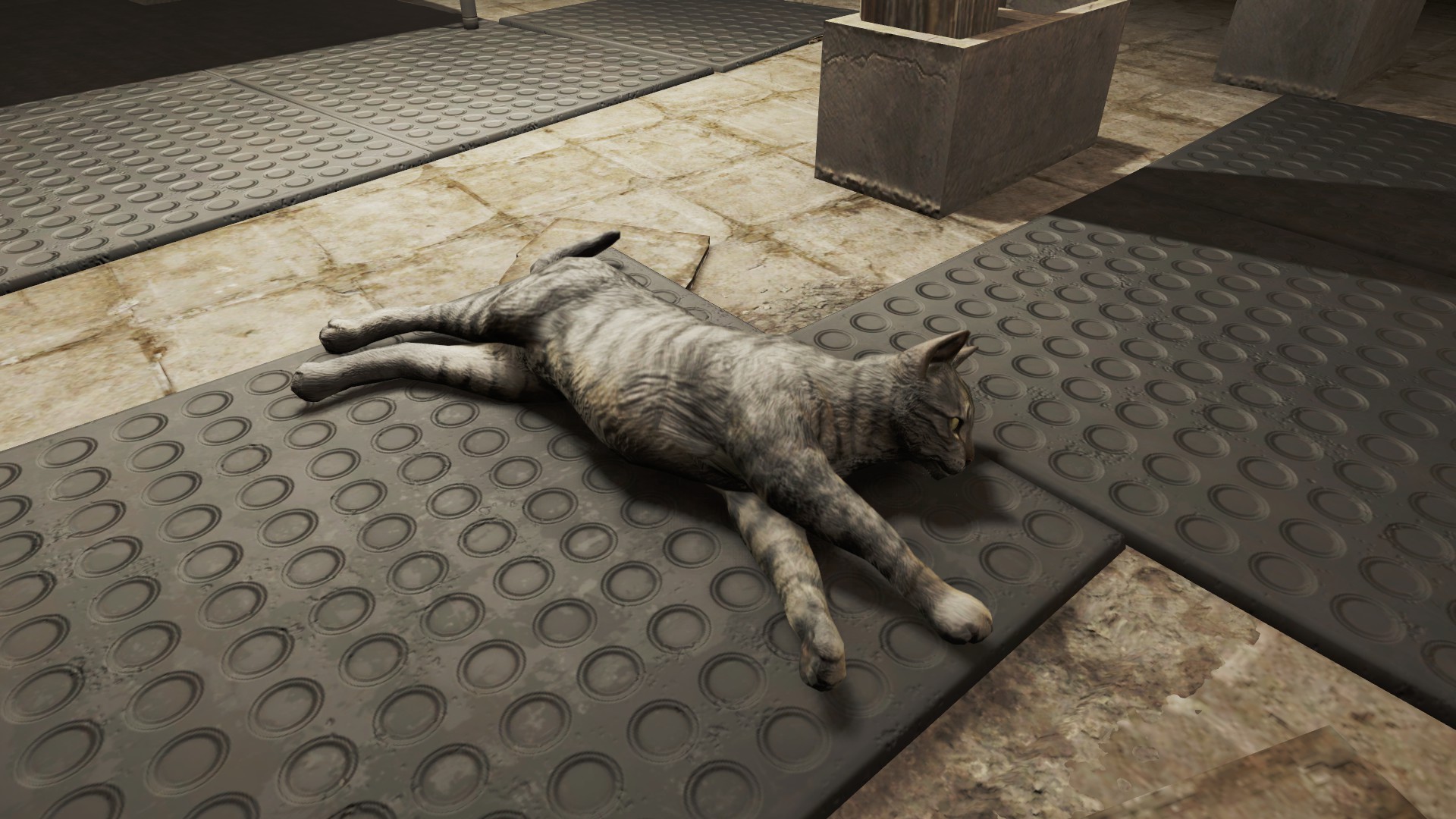

Due to the short time-scales, it was decided to make maximum use of off-the-shelf components such as those developed for the B57 nuclear bomb. The weapon was designated the TX-61 in January 1963. The desired production date was June 1965. The justification for the program was that the new weapon would modernise the nuclear arsenal, improve the capability of aircraft and simplify the nuclear weapons inventory by replacing lower-yield versions of the B28 and B43 nuclear bombs.

ĭevelopment of the weapon that would become the B61 was authorised in December 1962. This was followed by a report from Sandia in mid-1962, that believed that a lightweight nuclear bomb with full fuzing option was possible and that such a program could be completed in a short time-span such as by 1965 or 1966. However, the report believed that due to advances in technology it was possible for a single weapon to fulfil both requirements.

In 1961 a report was issued indicating Navy and Air Force interest in a lightweight bomb to replace existing weapons, but that both services had considerably different military requirements for such a weapon. ī61 bomb casing MAPS Air Museum, North Canton, Ohio. According to the Federation of American Scientists in 2012, the roughly 400 B61-12s will cost $28 million apiece. As of 2020, it is undergoing a 12th modification. Basic weight is about 700 pounds (320 kg), although the weights of individual weapons may vary depending on version and fuze/retardation configuration. It has a streamlined casing capable of withstanding supersonic flight speeds, is 11 ft 8 in (3.56 m) long, with a diameter of about 13 inches (33 cm). It is a Full Fuzing Option (FUFO) weapon meaning it is equipped with the full range of fuzing and delivery options including air and ground burst fuzing, and free-fall, retarded free-fall and laydown delivery. The B61 is of the variable yield ("dial-a-yield" in informal military jargon) design with a yield of 0.3 to 340 kilotons in its various mods. It is a low to intermediate-yield strategic and tactical nuclear weapon featuring a two-stage radiation implosion design.

The B61 nuclear bomb is the primary thermonuclear gravity bomb in the United States Enduring Stockpile following the end of the Cold War. It accurately replicates the shape and size of a "live" B61 (together with its safety/arming mechanisms) but contains only inert materialsīelieved to be either 0.3–340 kt or 0.3–400 kt in the weapon's various mods. B61 training unit intended for ground crew.


 0 kommentar(er)
0 kommentar(er)
